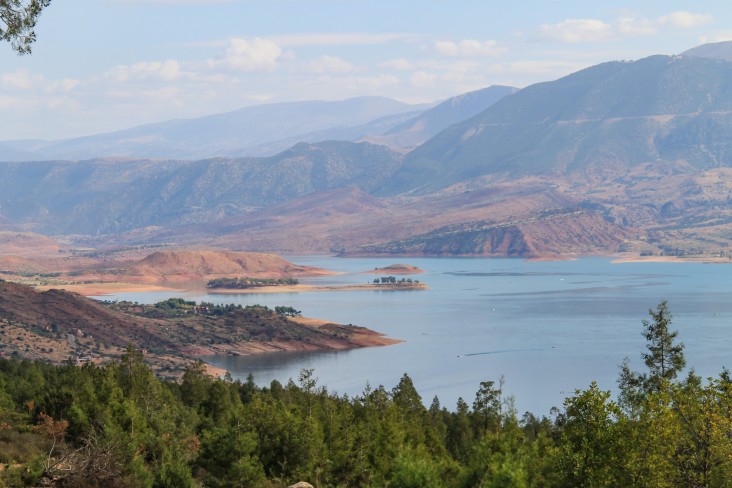Speeches Shim
3 Ways Co-Creation Can Be More Than a Meeting: Learning and building together in Morocco
Co-creation is a central approach of the New Partnerships Initiative, and USAID aims to increase the use of co-creation in all new awards––after all, the benefits of co-creation reach far beyond codesigning USAID projects. As we see in Morocco, co-creation facilitates new relationships, fosters new skills, and inspires renewed commitment to shared goals as well as pride in collective accomplishments.
In the Beni Mellal-Khenifra region of Morocco, the USAID Mission’s first co-creation assembled a diverse and impressive group of stakeholders to design the approach to its Inclusive Socio-Economic Development program.

The co-creation (through the use of an Annual Program Statement) included a two-day collaboration workshop where participants launched new alliances, shared information, and explored better ways for public and private organizations to work together on a range of development issues: participatory governance, enhanced business and livelihood opportunities, and promotion of local participation and ownership, with a particular focus on youth, women, and people with disabilities.
According to Driss Achbal, secretary-general of the Regional Council of Beni Mellal-Khenifra and one of the co-creation participants, “This is the best method for the population to take ownership … and it is truly inclusive. For me, who has a lot of military and civilian experience, this was the first time I saw a dynamic of debates, of discussions, sometimes loudly, sometimes softly. And we managed together, in the end, to come out with ideas and approaches that everybody really appropriated.”
The Morocco co-creation effort, including pre- and post-workshop activities, worked so well that the Mission plans to use the approach for the design and implementation of all future projects.
Three lessons stand out.
1. Co-creation can embrace nontraditional partners.
Compared to traditional procurement approaches, co-creation allows more varied partners to work with USAID, including smaller organizations and rural representatives who may not normally seek funding from the Agency.
Brian Bingham, of USAID’s Global Development Lab, said that the co-creation process generally brings deep value to projects and stakeholder relationships. “We found that co-creating with our partners establishes much better working relationships, better projects, and helps us know better what we're looking for.”
In the Morocco case, the variety of community, government, and private-sector participants resulted in a superior analysis of the problems, said Fatimezzahra Massaq, president of an organization advocating for children with disabilities, who attended the co-creation workshop.
In addition to providing a more complete picture of needs and potential solutions for the region, co-creation offers an opportunity for participants to learn about other sectors. And the variety of backgrounds brings fresh perspectives and an open exchange of information that does not always happen with traditional partners who have been through the process many times.
As Massaq described, the co-creation enabled “a really good atmosphere of sharing.”
2. Co-creation can support sustainability.
Participants in co-creation often gain skills in critical areas such as leadership, collaboration, planning, and budgeting. The new knowledge and perspectives––and the new relationships––help ensure the sustainability of local partnerships and can benefit countless other projects in the future.
Moreover, exposing participants to a variety of funding and support methods, as well as introducing them to people they may not have otherwise known, can even provide a path to additional funding and other resources from USAID and other donors.
3. Co-creation can improve transparency and build trust.
Achbal said the Morocco co-creation allowed government representatives a unique way to hear all stakeholders and explain government priorities. “We do not have the means to go to a region every time we want to carry out a project. But with co-creation it is that kind of discussion.” He said government participants embraced the co-creation process and now use the collaboration principles they learned at the workshop throughout the provinces.
Nadia Amrani, development specialist at USAID/Morocco and leader of the co-creation effort, said that when the government participates in the process and is open to the participation of diverse stakeholders––from academia, the private sector, and civil society––it builds trust and helps ensure buy-in for solutions. In fact, according to a local governance specialist who participated in the co-creation, the collaboration skills learned through the process could be taken to a whole new level in creating public debates.

Comment
Make a general inquiry or suggest an improvement.